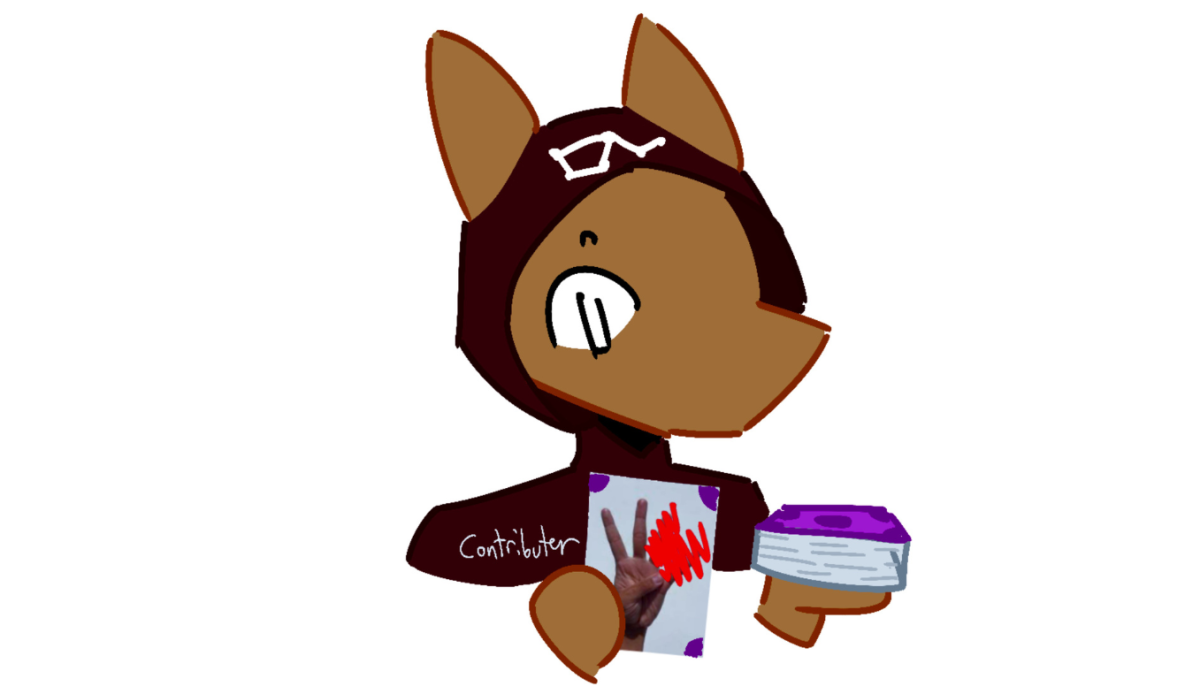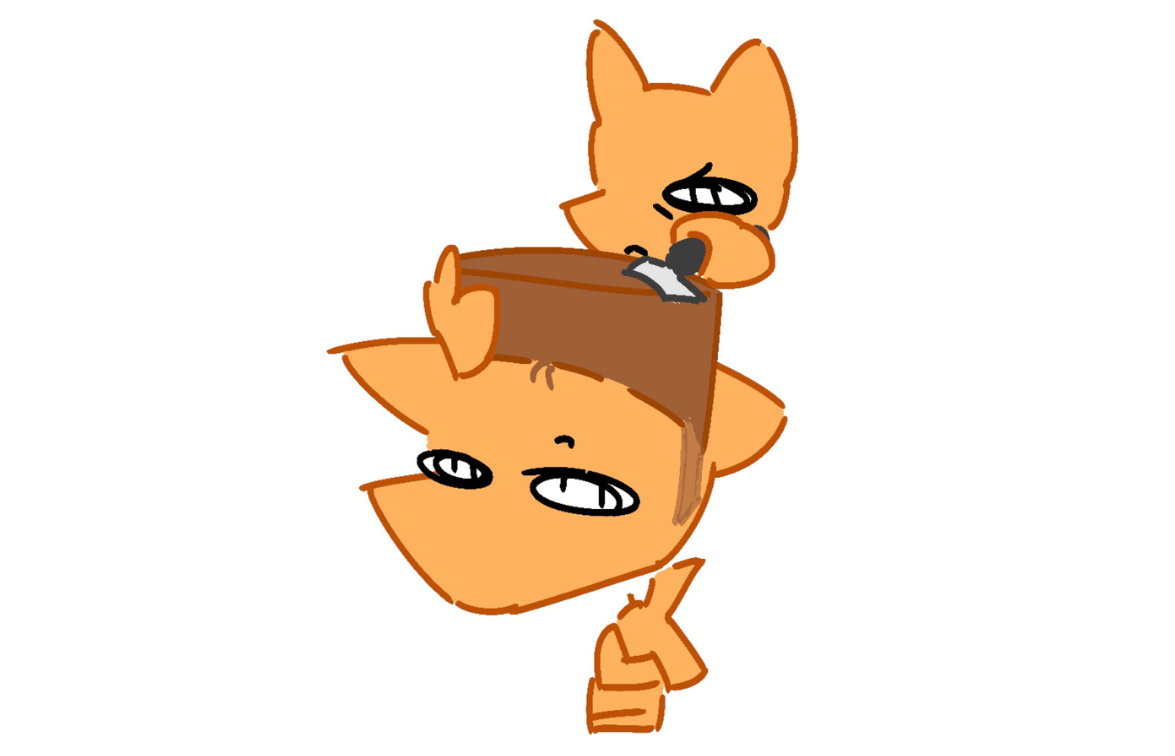These magical creatures have been a part of folklore for centuries, appearing in books, shows, and one of my favorite childhood franchises: Tinker Bell. Whether they’re helping out or kidnapping children, these mystical beings certainly add something to the world of mythology. What exactly that “something” is, I’m not sure, but after reading this article, you might have an idea! (Note: I am not an expert in the fairy field! I apologize if any information is wrong. Also, there are many names for the following creatures, but I’ll refer to fairies as “fairies”, because that’s how it’s spelt in the Tinker Bell movies. Enjoy!)
Fairies
The word “fairy” comes from the Latin fata, meaning “fate” or “the fates”. It evolved through Old French into what we know today as magical beings: faerie. The concept of fairies has several possible origins. In Persian mythology, some historians believe fairies were influenced by the parīs—divine beings described as beautiful spirits. Descriptions of fairies can be traced back to Celtic myths and Germanic folklore as well.
The term “fairy” is actually quite broad. It includes a variety of supernatural beings, such as sprites, which are often depicted as small (though their size varies across different tales) and humanoid. These magical creatures can either be mischievous or helpful, but they’re always tied to magic and often have interactions with humans.
Sprites
Much like fairies, the term “sprite” comes from the Latin spiritus, meaning “spirit”. Sprites have deep roots in European folklore. Although in Greek mythology, spiritus was used to describe nature spirits, particularly female ones associated with natural elements. In other parts of Europe, sprites were magical beings connected to nature, often believed to dwell in forests, meadows, and waterways. Sprites are typically linked with nature—especially water, air, and forests—which is why they’re often seen as protectors of the natural world. These little guys are usually depicted as small, ethereal, humanoid beings, known for their playful (though rarely malicious) behavior.
Pixies
The word “pixie” has been around for a long time, but its exact origin is unclear. Some suggest it’s related to the Swedish relating to the soul, spirit, or mind. Others believe, possibly like fairies and sprites, pixies are rooted in Celtic folklore. Personally, I like to think they were named after the Pixy Stix because everything about them feels magical—except how unhealthy they are. (And what happened on October 31, 1974…)
According to legend (and the Internet), pixies are especially prominent in European folklore, particularly in England and Celtic regions. They’re often depicted with questionable fashion sense—sometimes even going without clothes altogether. In some versions of their mythology, pixies are tricksters who kidnap or mislead people. Like sprites, they can be mischievous, but their antics are more likely to cause harm.
Well, I hope you learned something interesting. Hopefully someday, you’ll hear someone confuse sprites with fairies and then you can obnoxiously correct them. Even I learned a thing or two while writing about these creatures—one of them being how fascinated people are with the supernatural. But, hey—who wouldn’t want to believe in a little bit of magic?







